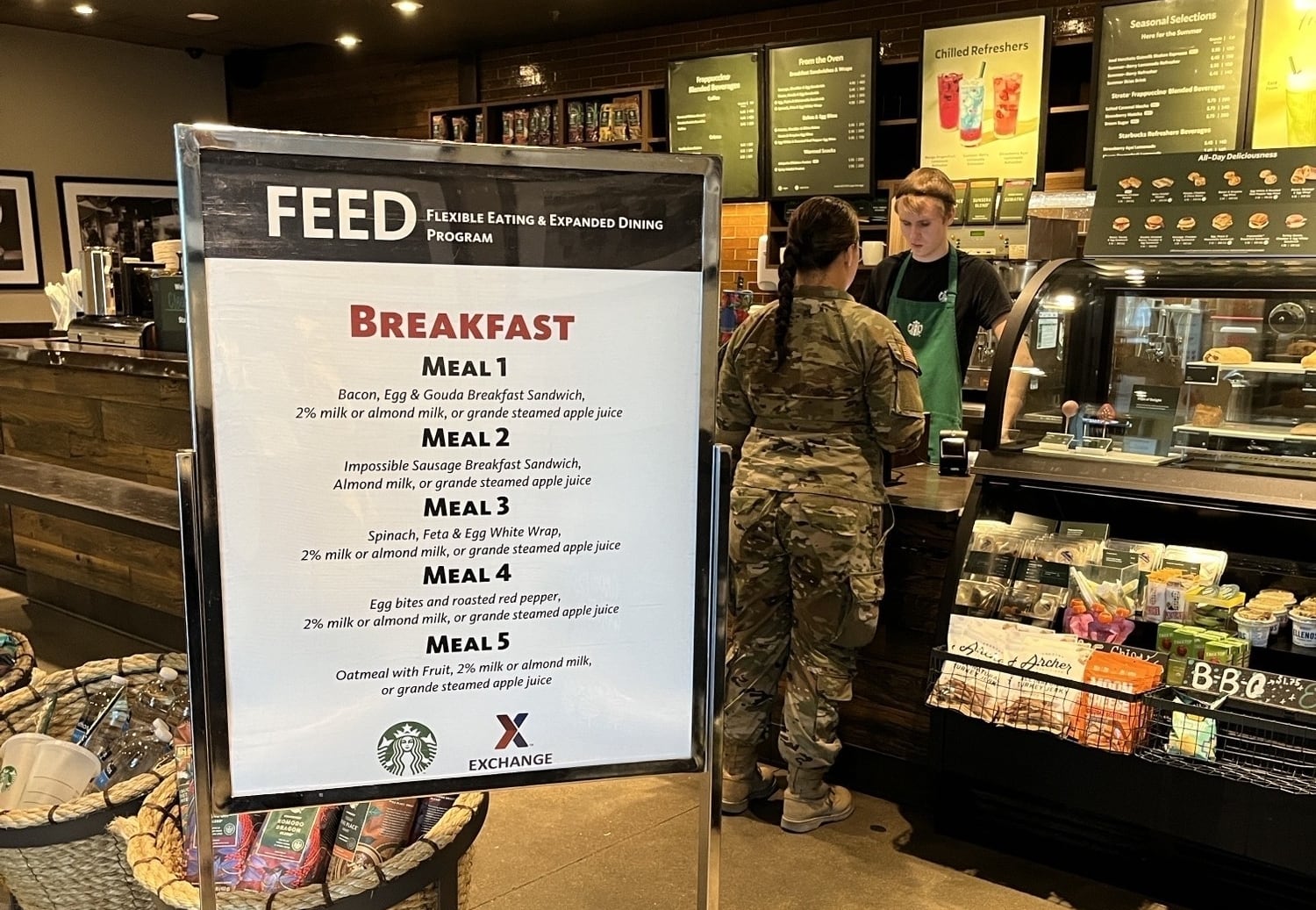Working as a maintainer ashore isn't the only career-enhancing shore duty out there.isn't anything new.
Before the Navy increased in-rate shore duty opportunities for many ratings, the primary hottest shore jobs for sailors were pushing boots as a recruit division commander at Recruit Training Command or drumming up new recruits as an enlisted recruiter at one of the Navy's many recruiting stations nation-wide.
What you need to know about these energizing, tough jobs: And if you think you have the right stuff for either of these two career energizing, toubut very tough shore jobs, listen up.
Recruit division commander
When looking for promotion to E-7 and above, it's leadership skills the Navy's selection boards are looking for to complement and enhance a sailor's in-rate knowledge.
Most petty officers at sea have the chance to be a work center supervisor or even a leading petty officer at the division level, but at most they'll leading a handful of sailors at a time.
But RDCs at Recruit Training Command in Great Lakes, Illinois, hone their leadership skills on a different level — creating sailors out of civilians — roughly 100 at a time.
And each year when chief's season starts, the percentage of E-6s at RTC those getting anchors every year is higher than the fleet average because of how much weight chief selection boards give to RDCs. put on the importance of the job and the leadership skills if fosters.
This past year, however, that margin was just 5.4 percentage points higher than the Navy-wide average, with 29 percent of eligible first classes getting the nod for chief compared to a 23.6 percent shot Navy-wide.
In previouspast years, like 2013, the RDC margin has been 10 percentage points or and higher. That was an unusually low year at Great Lakes as in 2013, the Great Lakes RDC margin was 10.5 percent higher than the fleet average with 37 percent moving into the chief's mess compared to a 26.5 shot in the rest of the Navy.
But makes no bones about it, the work is grueling. It requires those RDCs cajolingpushing divisions on the street to put in long hours every day during an eight-week "push" of recruits from the street to graduation.
Those considering this duty need to ask themselves if they have the patience required for the jobas training recruits, which isn't like leading sailors in the fleet, officials say. That's because RDCs are must mold civilians who don't yet know anything yet about the Navy and often need to be showntold multiple times how to do things — which something that can be frustrating.many an old salt very quickly.
And to Even to qualify to apply for the job, sailors need at least minimum of a "good (low)" score their age group on their most recentlast physical fitness assessment.
But for those who make the grade, the toughness of the job is tempered with some perks. This includes $450 extra a month in special duty assignment pay and another $220 a year in supplemental clothing allowance to have and maintain the highest uniform standards, compliments by free dry cleaning on base.
Those who successfully train at least nine divisions while at Great Lakes qualify for the Recruit Training Service Ribbon, and anyone who successfully completes a successful three or more year tour of three or more years pushing boots is guaranteed their his or her choice of which coast they want for their follow-on assignment.
More information on becoming an RDC, and a complete list of requirements, as well as the perks can be found in MILPERSMAN 1306-954.
Enlisted recruiter
Finding and the next generation of sailors and getting them into uniform is the job of the Navy's field recruiters. Though the Navy has a cadre of career recruiters, the bulk of those who pull a tour in recruiting come from the fleet and return there 36 months later.
Navy Recruiting Command didn't respond to Navy Times' request for about advancement percentages among it's enlisted recruiters by as of press time. But officials didpointed out that, although recruiting duty can be stressful, of all shore duty commands, Recruiting can be stressful duty, but the only commands under Navy Recruiting Command are the only shore duty commands that have the ability capacity to spot promote their sailors to the next pay grade — up to and including E-6.
Each Navy Recruiting Command unit gets nine CAP slots each year. Their rules They can be a mix of E-5s and E-6s, E-6 and E-5, as long as they don't exceed the nine total. Most recruiters are E-5s, so the rules give them greater flexibility.
There's even a chance for an E-6 to get a meritorious promotion to shot at chief. Each as each year, Navy Recruiting Ccommand holds a board to advance an outstanding active-duty and reserve component E-6 into the chief's mess.
Recruiting duty can put a sailors far from the fleet, sometimes near their hometown, and often near to his or her hometown at one of the more than over 1,500 recruiting stations. There's even a limited number of billets overseas in Japan, Guam, Europe, Puerto Rico, and St. Thomas in the U.S. Virgin Islands.
It, too, is grueling duty, as recruiters are given monthly quotas to fill, and consistent failure to meet quotas can result in being sent back to the fleet early.
And there are long hours, too, as many recruiting districts encompass more than one state. Recruiters often spend hours and often requiring long hours, driving from town to town.
As a result, Recruiters, too earn $450 extra a month in SDAP. They might also be eligible for special clothing allowances under certain circumstances.
And Along with the chance to net a CAP for outstanding duty, those leaving recruiting duty often report they learn advanced organizational, communication and presentation skills.
More details on the qualifications and perks of recruiting duty are available in MILPERSMAN 1306-964.
Mark D. Faram is a former reporter for Navy Times. He was a senior writer covering personnel, cultural and historical issues. A nine-year active duty Navy veteran, Faram served from 1978 to 1987 as a Navy Diver and photographer.





